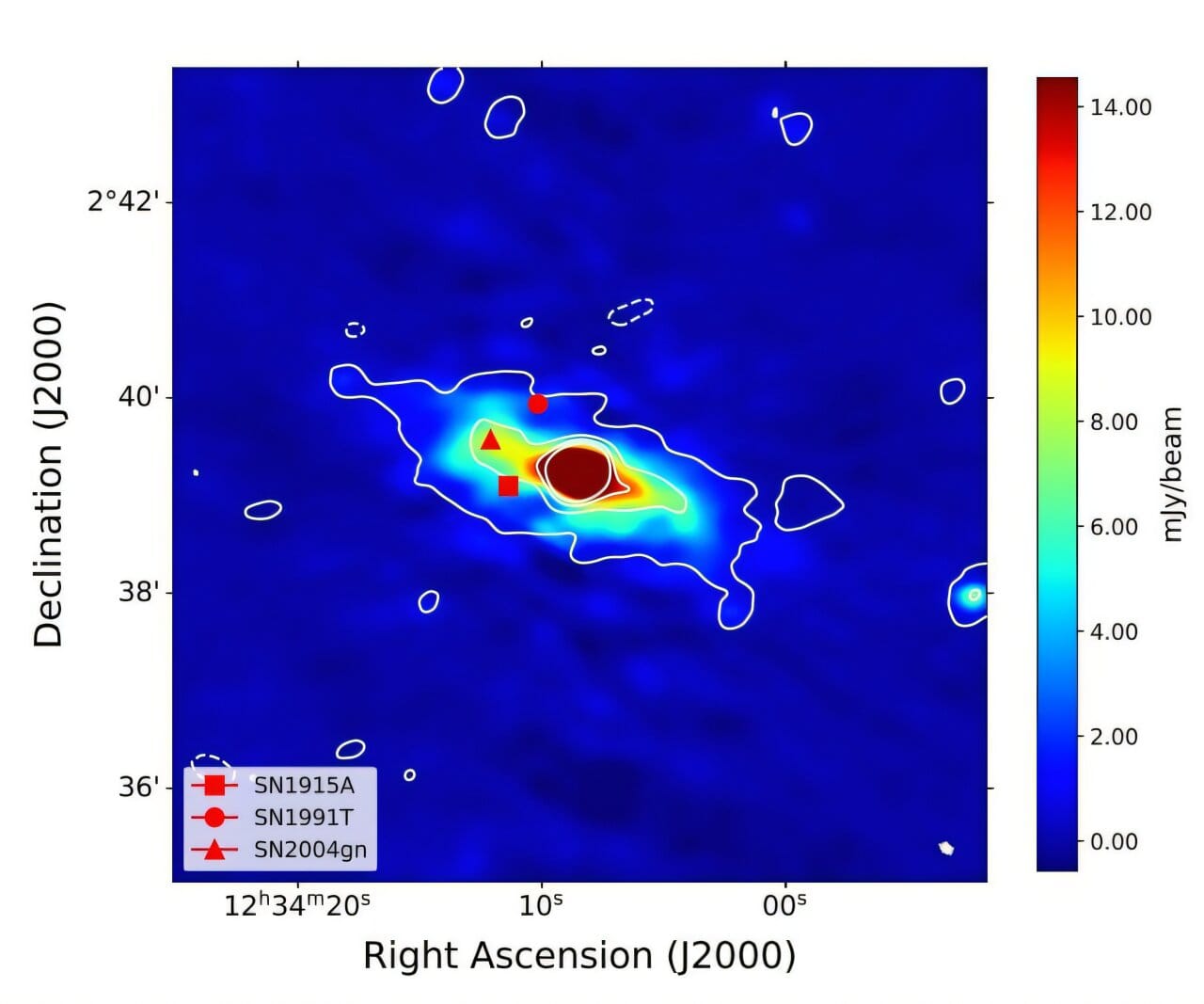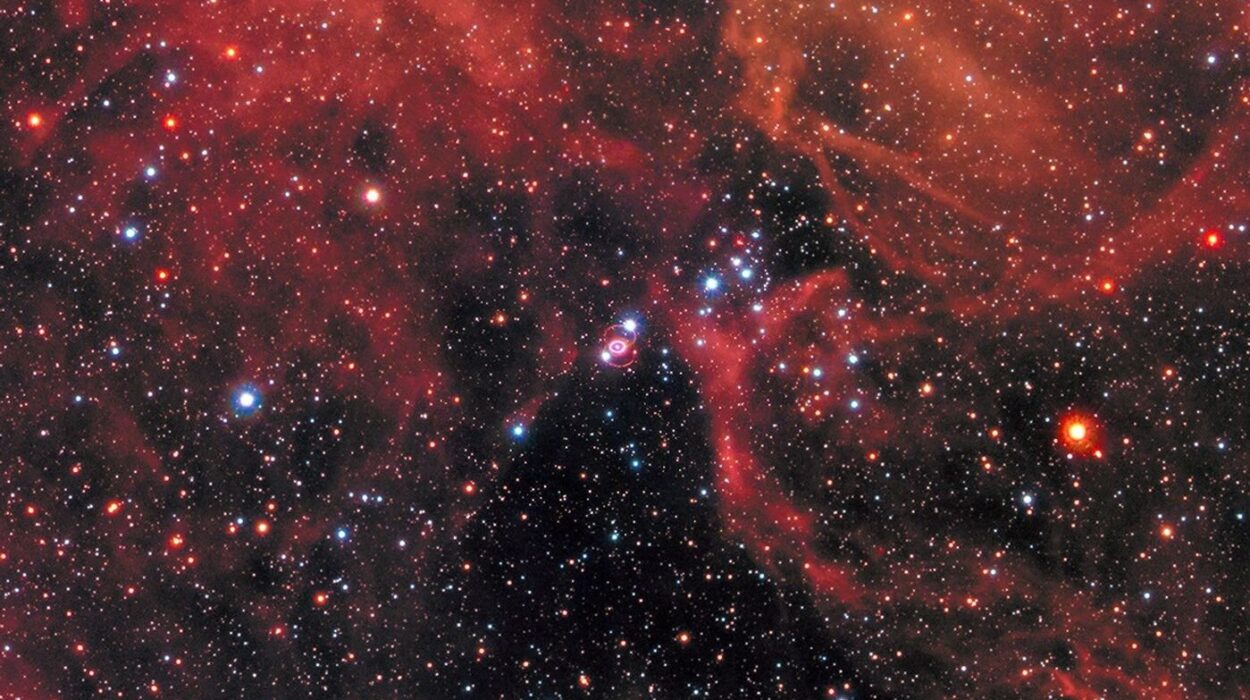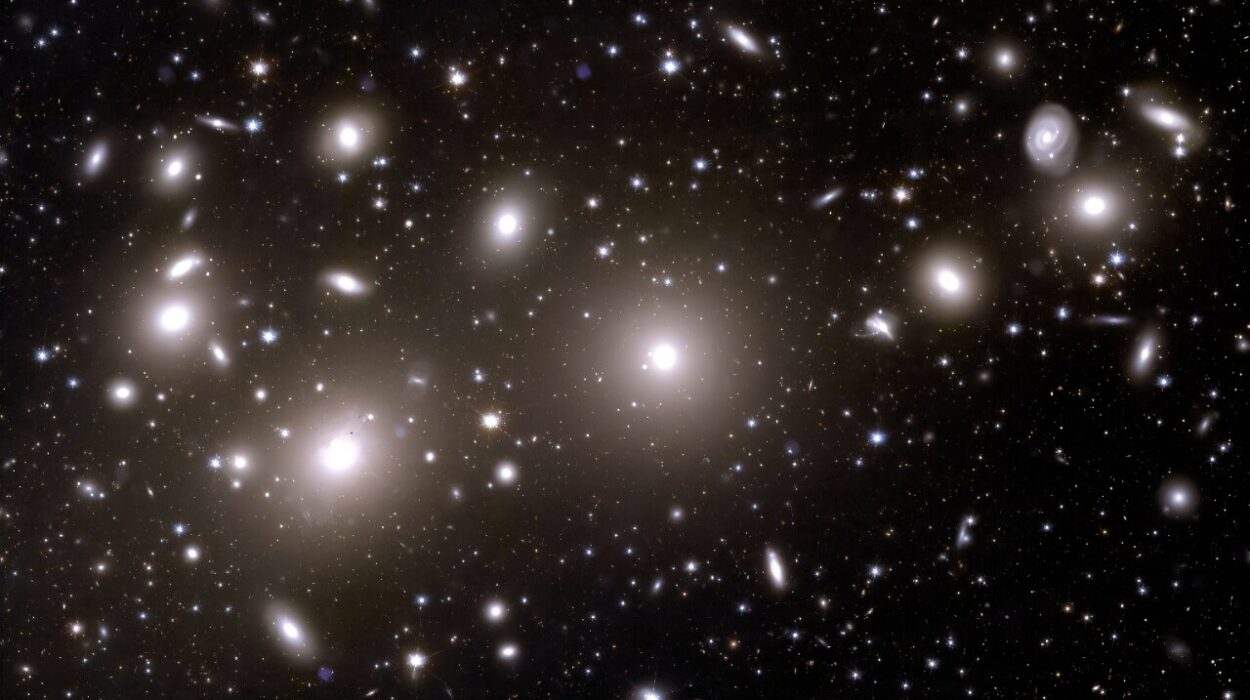High in the Himalayan foothills of northern India, beneath one of the clearest skies on Earth, a small yet powerful telescope has been quietly gathering light from a little-known cluster of stars. For over a decade, astronomers at the Aryabhatta Research Institute of Observational Sciences (ARIES) have turned their gaze toward a quiet corner of the Milky Way. Their quarry: an elusive stellar family known as Berkeley 65.
Now, in a newly released study, these patient observations have paid off. Using the Devasthal Fast Optical Telescope (DFOT), the team has peeled back the cosmic curtain on Berkeley 65, revealing a star cluster that is not just aging—but unraveling.
Published on May 30 in the arXiv preprint server, the findings offer a fresh window into the birth, life, and impending death of an open star cluster that has long lingered in obscurity.
A Faint Family in the Cosmic Crowd
Berkeley 65—abbreviated as Be 65—is an open cluster, a type of loose stellar gathering born from the same giant molecular cloud. Such clusters are the nursery rooms of stars, holding siblings that formed together but gradually drift apart over millions of years.
Located within the bustling galactic disk of the Milky Way, Berkeley 65 lies about 6,500 light-years from Earth. That’s not especially far on a cosmic scale, but until now, this particular cluster had remained largely unexamined. It is faint, old by stellar standards—around 160 million years—and overshadowed by more prominent clusters.
But to astronomers, especially those trying to unravel the history of our galaxy, clusters like Be 65 are more than just scattered specks of light. They are time capsules. Their stars remember the conditions in which they were born and how they have changed since. And if studied closely, they can whisper stories about the very structure of the Milky Way.
A Decade of Watching the Stars
To unlock those stories, a team of Indian astronomers led by Tarak Chand at ARIES undertook a bold and patient strategy. Over a ten-year period, they used the DFOT—a 1.3-meter, fast-focusing telescope tucked into the high-altitude Devasthal Observatory—to gather deep optical photometric data from the stars of Berkeley 65.
This was no ordinary snapshot of the sky. It was long-term surveillance of a stellar community across years, capturing fluctuations in brightness, motion, and position—details that could unveil the very nature of the cluster.
And what they found tells a tale of both quiet persistence and cosmic upheaval.
A Cluster in Crisis
The new data shows that Berkeley 65 forms a roughly circular shape, with a radius of about 3.1 light-years. That’s a relatively compact family of stars, tucked close together. Yet, beneath this calm geometry lies turbulence.
One of the most revealing discoveries was the evidence of mass segregation—a phenomenon in which heavier stars sink toward the center of a cluster while lighter stars drift outward. It’s a bit like a cosmic centrifuge, spinning stars into their proper places. But this only happens with time and internal dynamical evolution. In other words, Be 65 has been around long enough for gravity to start organizing its members.
The cluster’s dynamical age, estimated at around 7.5 million years, speaks to this process. That’s not to be confused with its actual age (160 million years)—dynamical age refers to how long it’s been undergoing internal evolution. And this evolution hasn’t been kind.
The team estimated that Berkeley 65 has a photometric mass—a mass based on light measurements—of just 164 solar masses. But its dynamical mass—calculated from gravitational interactions—is a staggering 5,581 solar masses. This mismatch is a red flag: the cluster has lost a vast portion of its stars.
In the language of astrophysics, Berkeley 65 is “in the process of disruption.”
Shattered by the Galaxy It Calls Home
Why is this cluster falling apart? The researchers point to both internal and external forces. While internal dynamics like mass segregation have played a role, the most compelling culprit is external: the galactic environment itself.
Nestled in the bustling galactic disk, Berkeley 65 is bombarded by gravitational nudges and shoves—from passing gas clouds, spiral arm shocks, and nearby stars. According to the study, Be 65 seems to have lost stars far earlier than expected given its predicted lifespan, known as the evaporation time scale (τevap), which is about 750 million years. That early decline suggests outside forces have taken a brutal toll.
In short, the Milky Way—its own birthplace—is slowly tearing Berkeley 65 apart.
Echoes from Variable Stars
In addition to charting the cluster’s decline, the team uncovered something else: stellar voices singing a rhythmic tune across the void. Over the course of their monitoring, astronomers identified 64 periodic and 16 non-periodic variable stars within the cluster’s field. These are stars whose brightness waxes and wanes in regular cycles, due to internal pulsations or eclipsing companions.
Among these, 35 were confirmed to be true members of Berkeley 65. And the diversity of these variables is stunning. They include slow-pulsating B-type stars, known for their subtle shifts; Delta Scuti stars, which beat like youthful hearts; RR Lyrae, the veterans of stellar variability; and Gamma Doradus stars, with complex light curves.
The brightness variations range from subtle flickers—just 8 thousandths of a magnitude—to dramatic flares over 700 mmag. Each of these stars is a beacon of physics in motion, a pulsating reminder that even in a dying cluster, there is vibrant life.
A Farewell in Progress
For astronomers, the slow unraveling of Berkeley 65 is a poignant reminder that not all stellar families grow old together. Some drift, fragment, and dissolve into the galactic tide. And while Be 65 may not shine brightly in the night sky, its story shines through data—carefully gathered and deeply human in its dedication.
It also highlights the quiet power of Indian observatories like ARIES, which, far from the crowded skies of global super-facilities, make profound contributions with persistence and precision. Their decade-long watch over a fading cluster underscores the importance of long-term science—of patience in an age obsessed with speed.
Berkeley 65 may be nearing its end as a bound stellar group, but thanks to this meticulous research, its legacy will endure. It is now more than a scattering of ancient light. It is a documented chapter in the history of our galaxy, a scientific obituary that helps us understand how the Milky Way builds—and unbuilds—itself, one cluster at a time.
Reference: Tarak Chand et al, Long-term investigation of an open cluster Berkeley 65, arXiv (2025). DOI: 10.48550/arxiv.2505.24240






